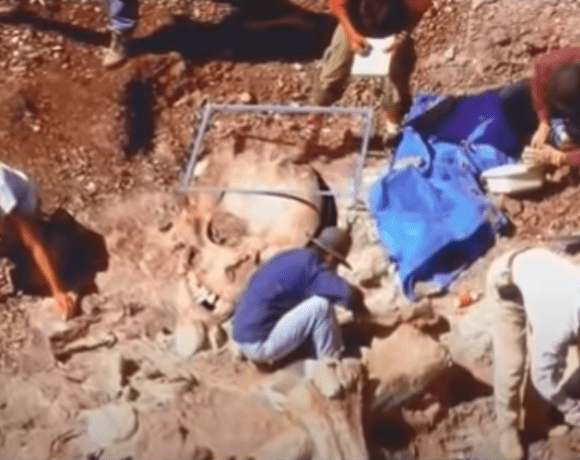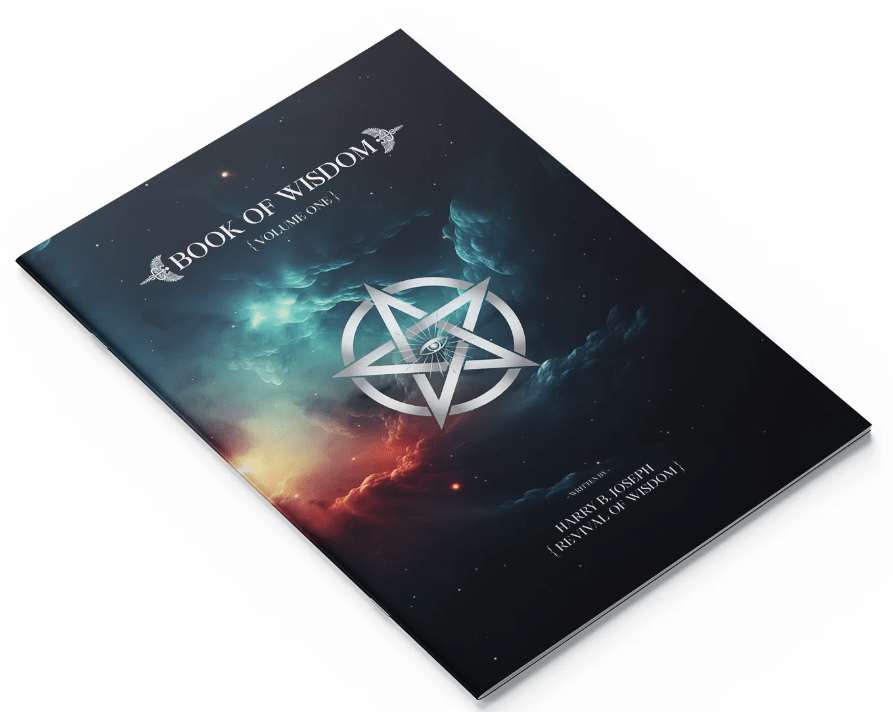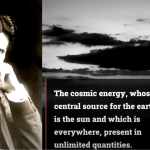The current era – one we’ve labelled ‘The Great Awakening’ – prompts us to rediscover our human past and question the true nature of the world we inhabit. As truth seekers, we often find ourselves deep in the labyrinth of historical data, from books to antique photos. The objective is to unearth evidence that challenges popular narratives and encourages a broader perspective. A compelling YouTube video, “60 Old Photos Too Intense for Intelligence,” offers such a treasure trove.
This video, a riveting expose on historical architecture and technology, primarily focuses on Australia, although it seamlessly weaves through diverse global locations – Europe, North America, South America, and Africa – to underscore its point. The journey starts with grand buildings in Australia that mirror those in other parts of the world – substantial structures crafted from massive stones. Yet, the roads are made of mud. This odd juxtaposition is the first hint that history, as we understand it, might not be entirely accurate.
The video highlights numerous old photographs featuring advanced technology, like electric motors, appearing surprisingly concurrent worldwide. This synchrony is remarkable given the lack of internet and slow communication methods in those times. How did remote places like Australia, New Zealand, South Africa, and South America manage to parallel the technological advancement of Europe, Russia, and North America almost simultaneously? This question demands attention.
A common thread connecting the various pictures and locations is the presence of mud. From the dirt roads of Melbourne in the 1850s to the muddy streets of Moscow, one can’t help but wonder: Were these magnificent buildings really constructed in such conditions using the primitive technologies of the time? Was the technology more advanced than what we’ve been led to believe?
Analyzing the astonishing architectural feats of the past, the video asks us to suspend belief. It showcases extraordinary buildings and colossal stone structures, which, when compared to the simple living quarters of the workers presumed to have built them, seem out of place. The argument is persuasive: The technological discrepancy is glaring. The question then arises, were these structures built using more advanced, potentially machine technologies?
The video also examines natural wonders like rock formations and underground water pyramids, pushing us to question whether there might be more to our history than we currently understand. It highlights that such structures exist worldwide, suggesting a shared architectural vision across cultures, an intriguing concept given the isolation of these civilizations from each other.
Contrasting the incredible buildings of yesteryears with our contemporary edifices, we’re encouraged to wonder whether we’ve truly advanced or regressed technologically. Could our ancestors have been privy to advanced technologies that we’re only beginning to rediscover? The imagery from Argentina is particularly fascinating, with buildings mirroring those in Australia. If all these architectural marvels were born out of shared knowledge, then our understanding of ancient civilizations and their technological capabilities requires reevaluation.
Finally, the video concludes on a tantalizing note: the creation of human species – an enigma wrapped in layers of scientific theories, religious beliefs, and folklore. The channel tantalizingly suggests that the human story might be different from what we’ve been taught, hinting at a mystery waiting to be unraveled.
In essence, “60 Old Photos Too Intense for Intelligence” takes us on a remarkable journey through time and space, challenging our preconceived notions of history and technological evolution. As truth seekers in the era of the Great Awakening, we must welcome such exploration, probing deeper into the past to build a more accurate understanding of our present and future.




















